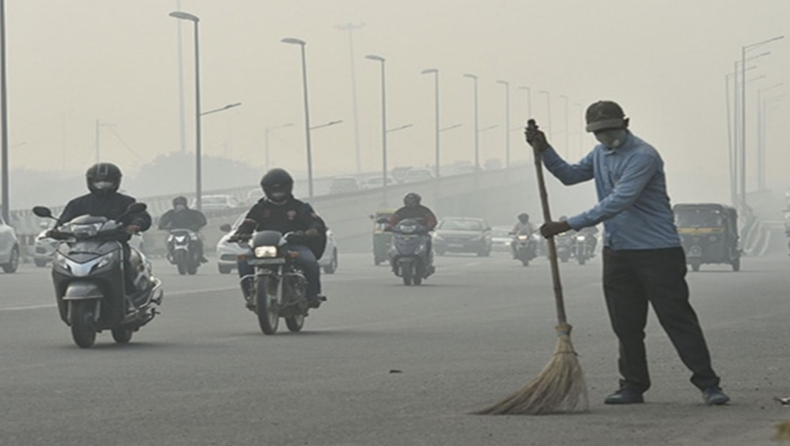Varanasi records the highest reduction of 53% in the levels of PM10 says the government. In 2017, the concentration of PM10 in the city was 244 micrograms per cubic meter which got reduced to 114 micrograms per cubic meter in 2021-2022.

Highlights
- Varanasi tops the list of cities with the reduction in PM10, says the government.
- 95 out of 131 countries showed improvement in levels in the air.
- NCAP aims to reduce particulate matter all across India.
Ninety-five out of 131 polluted cities under the National Programme on Clean Air, showed improvement in air quality. The PM10 concentration is found to be less in 2021-2022 as compared to 2017, according to the government.
The analysis, however, does not take other more hazardous particulate matter like PM2.5 into its gambit.
Improvement of PM10 in Other Cities
In Uttar Pradesh, many other cities have shown noticeable improvements in their air quality. Delhi reduced its PM10 levels from 241 micrograms per cubic meter in 2017 to 196 micrograms per cubic meter in 2021-2022.
Similarly, Mumbai has also reduced its levels from 151 micrograms per cubic meter in 2017 to 106 micrograms per cubic meter in 2021-2022.
Kolkata too reduced its concentration to 105 micrograms per cubic meter in 2021-22 as compared to 119 in the year 2017.

This analysis done by the Ministry of Environment, also found that out of these 95 cities, 20 also achieved the target of limiting the annual average levels to 60 micrograms per cubic meter as set by the National Ambient Air Quality Standards (NAAQS).
NCAP
Launched by the Ministry of Environment, Forest and Climate Change (MoEFCC) in January 2019, National Clean Air Programme, is India’s first-ever effort in devising a national strategy to improve the air quality in a time-bound manner.
It aims to reduce the concentration of particulate matter like PM2.5 and PM10 by 20-30% by the year 2024 as compared to 2017 levels.
Particulate Matter

It is important for India because the particulate matter present in the air impact human health. These particles are very minute and therefore, cannot be seen through the naked eyes.
PM2.5 and PM10 are particulate matter that has a diameter of less than 2.5 and 10 micrometres respectively.
Forest fires, agriculture burning, dust from construction, automobile emissions, etc., all lead to the mixing of these particles in the air. Hence, while we breathe, these particles enter our lungs and in turn cause various health issues like asthma, cough, heart attack, high blood pressure, and many other serious diseases.
These also enter our eyes and irritate us. PM2.5 is considered to be more dangerous than PM10 as it can enter deep into our lungs.













